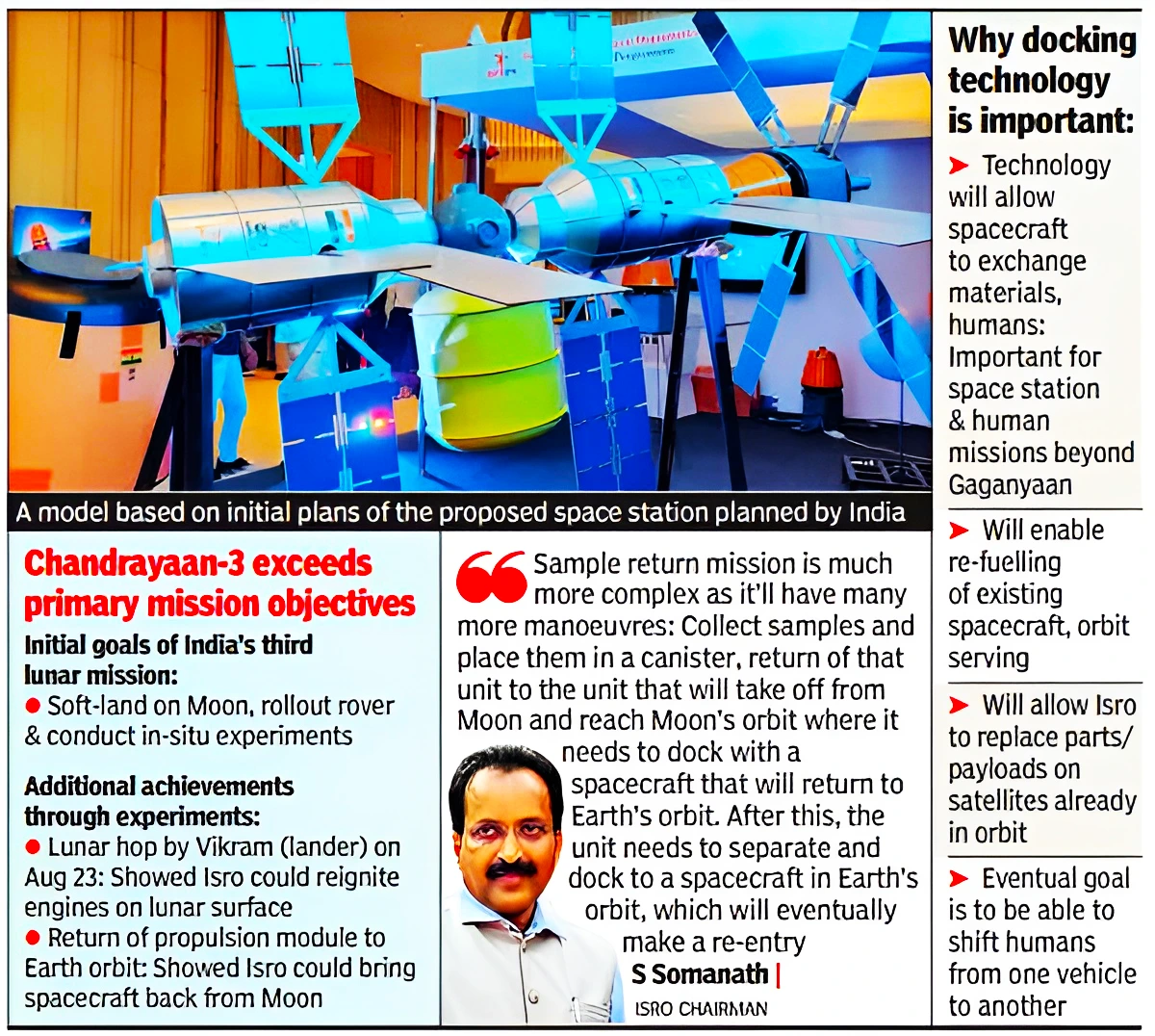
Context: ISRO chairperson S Somanath has planned to launch Chandrayaan 4 to bring back samples from the Moon in four years.
Space Agency Vision 2047:
|
|---|
| What is Docking?
Docking is a process where two spacecrafts are aligned in a precise orbit and joined together. |
|---|
News source: Indian Express
Context: U.S. and the European Union have imposed countervailing duties (CVDs) on four Indian products, in counter to India’s Remission of Duties and Taxes on Export Products (RoDTEP) scheme.
Source: The Hindu
Context: Recently, the Ministry of Commerce and Industry launched a report titled “Logistics Cost in India: Assessment and Long-Term Framework’.
National Council of Applied Economic Research (NCAER)
|
|---|
Logistics Sector in India
Government’s Role Towards the Development of the Logistics Sector:
|
|---|
News source: business standard
Context: Recently, the WHO published the report ‘Global Status Report on Road Safety 2023’.
| Region | Percentage of Global Road Traffic Deaths |
| South-East Asia Region | 28% |
| Western Pacific Region, | 25% |
| African Region, | 19 |
| European | 5 |
News Source: The Hindu
Context: Recently, Rajya Sabha MP Derek O’Brien was suspended from the Rajya Sabha for the remainder of the session under Rule 256.
Committee of Privileges
|
|---|
| Process of Suspension of MPs from the Rajya Sabha | Process of Suspension of MPs from the Lok Sabha |
|
|
|
|
| — |
|
Also Read: An MP Expelled From Lok Sabha In Cash For Query Case
News Source: Economic Times
Context: Recently, Maldives outlined that it will not renew the India-Maldives Hydrographic Survey agreement made with India.
For more Information: India-Maldives Relations
News source: Economic Times
Context: Recently, the Forest and Environment Minister of Karnataka, revealed that 16 rivers in Karnataka are polluted.
Biological Oxygen Demand:
|
|---|
News Source: Down to Earth
Context: India’s Candidate Uma Sekhar was elected to the governing council of the Rome-based International Institute for the Unification of Private Law (UNIDROIT).
Source: Economic Times
Context: Procurement of goods and services through the Government e Marketplace (GeM) is expected to reach Rs 3.5 lakh crore by the end of this fiscal year.
News Source: Economic times
Context: According to the World Health Organisation, urgent action is needed to control e-cigarettes to protect children, as well as non-smokers and minimize health harms to the population.
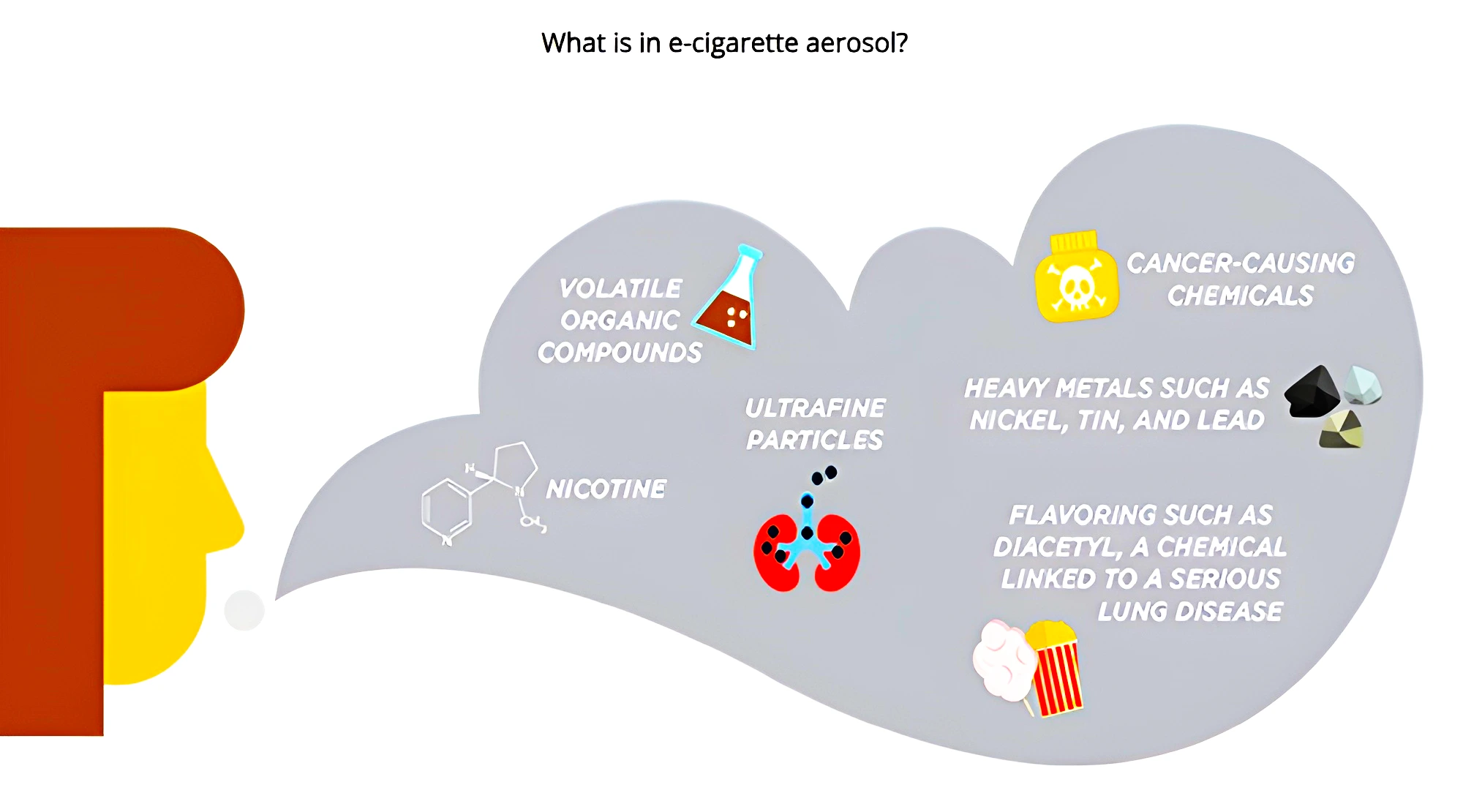 Electronic cigarettes Aerosol: Electronic cigarettes produce an aerosol that usually contains nicotine flavorings and other chemicals that help to make the aerosol.
Electronic cigarettes Aerosol: Electronic cigarettes produce an aerosol that usually contains nicotine flavorings and other chemicals that help to make the aerosol. Electronic cigarettes with nicotine are highly addictive and are harmful to health. Whilst long-term health effects are not fully understood, it has been established that they generate toxic substances, some of which are known to cause:
News Source: TH
Context: This article is based on the news “Beyond Jammu and Kashmir: Why many states in India enjoy Special Provisions for Some States” which was published in the Live Mint. Recently, the Supreme Court (SC) ruled that Article 370 is only a feature of asymmetric federalism, which is not the same as having internal sovereignty.
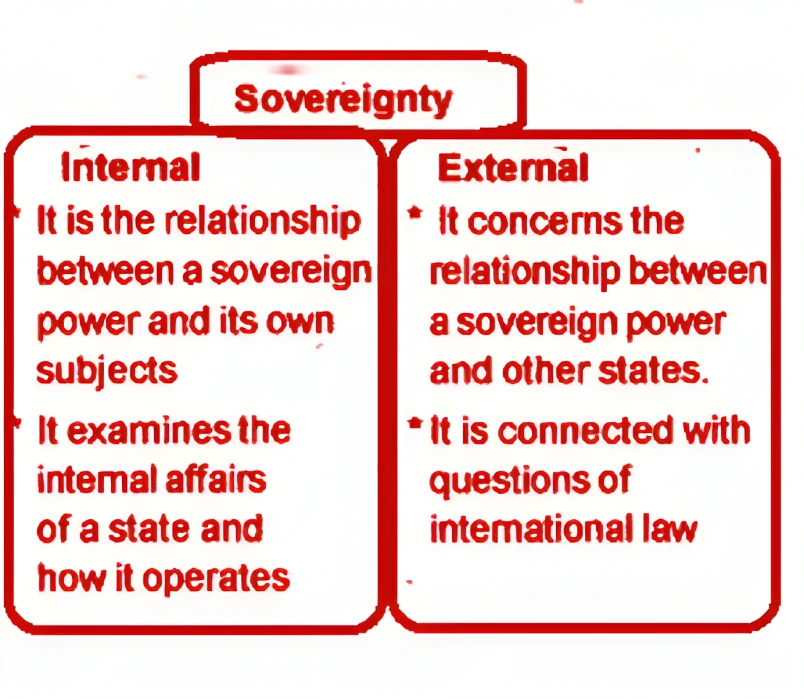 Centre’s Assurance: The central government has assured that it has no intention to change any part of the Constitution which gives Special Provisions for Some States to the North East and other regions.
Centre’s Assurance: The central government has assured that it has no intention to change any part of the Constitution which gives Special Provisions for Some States to the North East and other regions.Continue Reading: Supreme Court Upheld Abrogation Of Article 370, here.
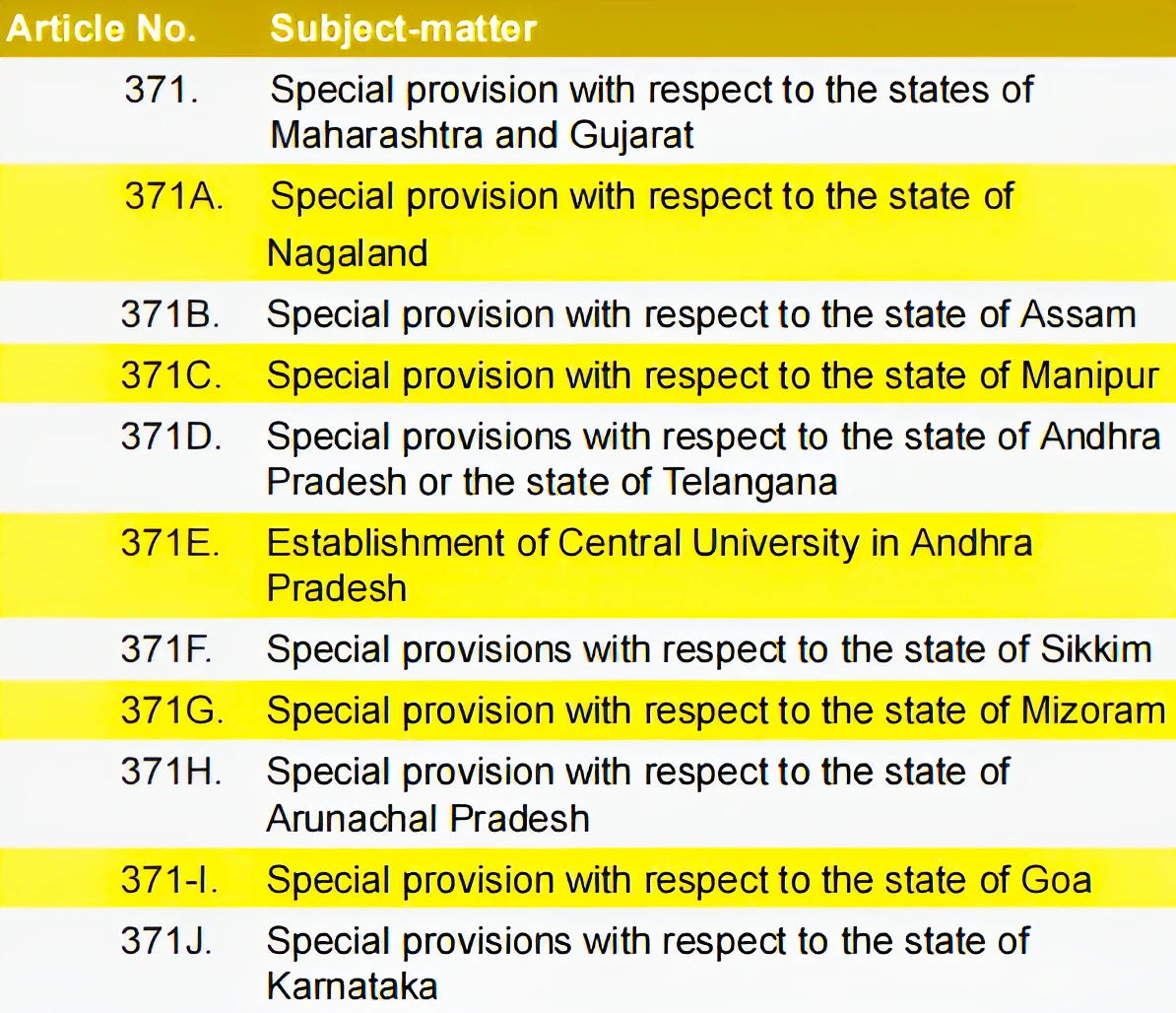
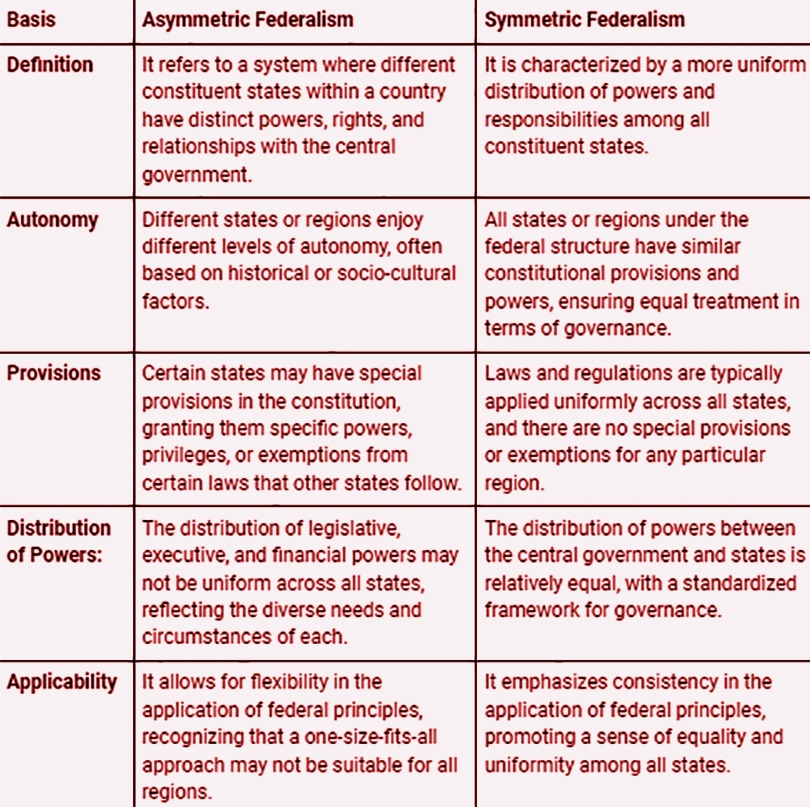
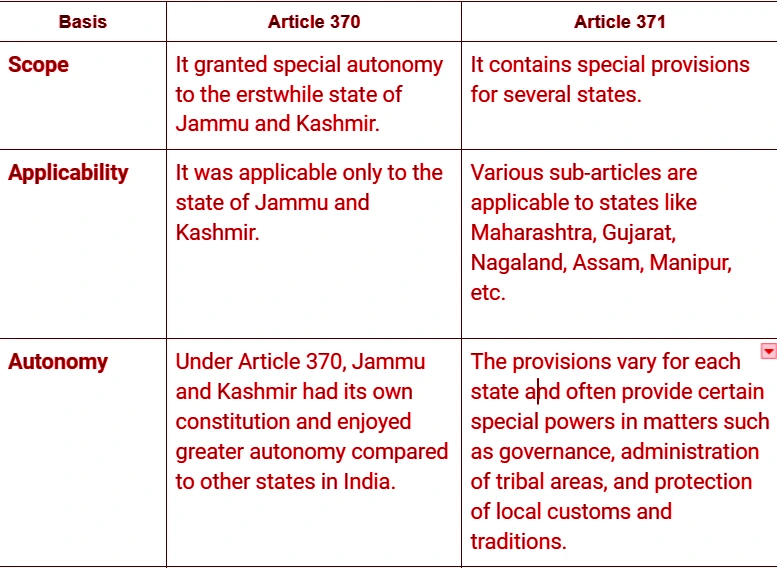
By adopting a holistic and adaptive approach, India can ensure that Special Provisions for Some States contribute to the broader goals of national unity, economic development, and social harmony.
Context: This article is based on the news “The CoP-28 deal left a major question out: Who will pay and for what?” which was published in the Live Mint. The UN Climate Summit 2023 or 28th meeting of the Conference of the Parties (COP28) of the UN Framework Convention on Climate Change (UNFCCC) concluded recently.
Learn more about COP28 Climate Summit In Dubai here.
Relevant Terminologies
Must Read: Climate Change And COP28 – Key Terms And Definitions |
|---|
Agreements not signed by India
Initiatives led by India at UN Climate Summit 2023
|
|---|
UN Climate Summit 2023 or COP28 achieved some climate breakthroughs, yet gaps in funding and a lack of full commitment to phasing out fossil fuels underscore the ongoing need for global unity and equitable solutions in the fight against climate change.
| Mains Question: Critically analyze the differences between rich and poor nations that were resolved before COP28 regarding the loss and damage fund. (15 marks, 250 words) |
|---|
<div class="new-fform">
</div>